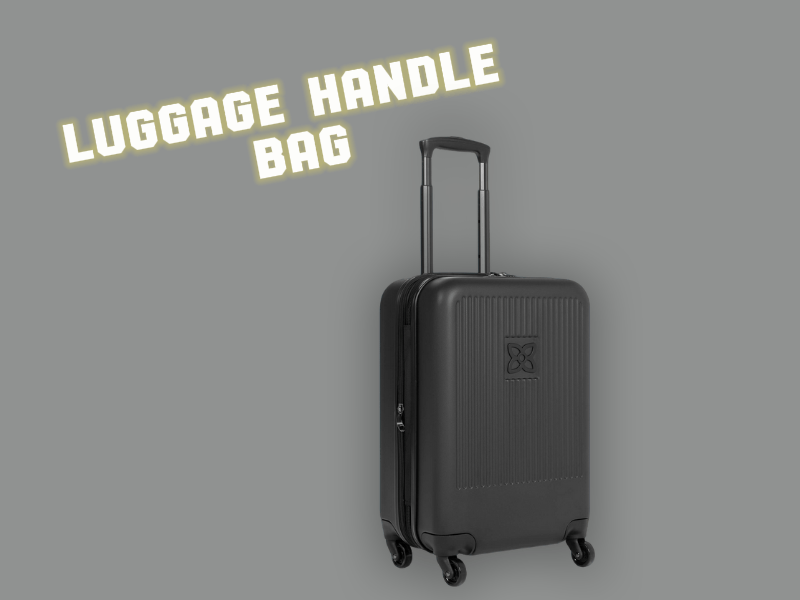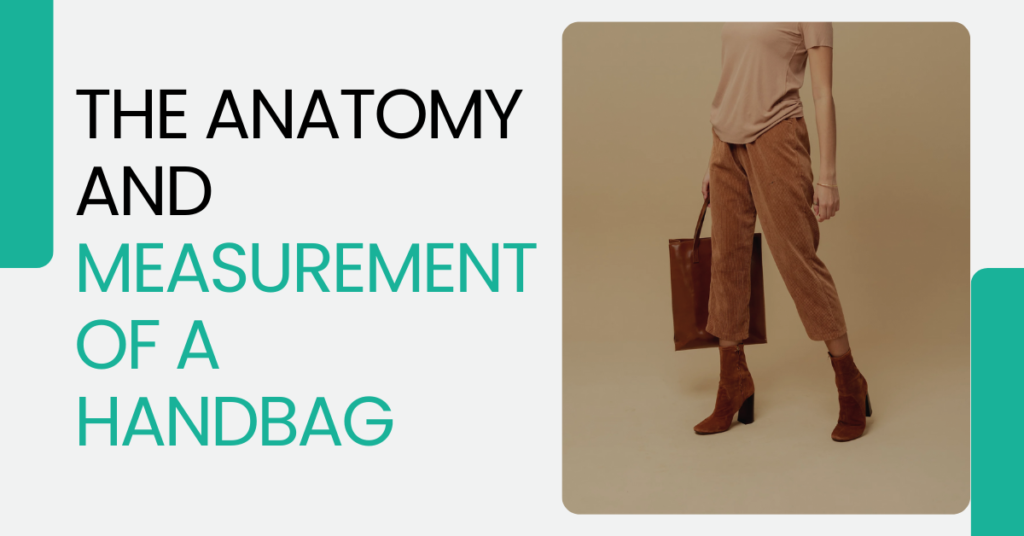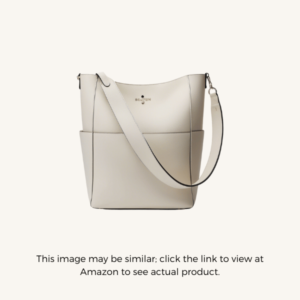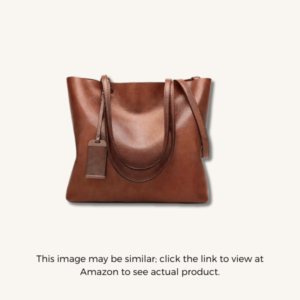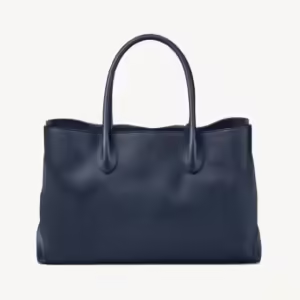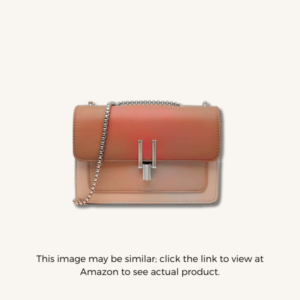What is Handbag Anatomy, and Why is it Important to Understand?
Handbags are a combination of fashion and function, each carefully designed to meet a specific style and need.
If you’re looking for a structured bag for work or a casual bag for weekend outings, understanding handbag anatomy can help you choose the best one for your needs.
Here, we’ll explore key handbag features, measurement techniques, and popular handbag styles, all optimized for readers and search engines alike.
How to Measure a Handbag Correctly?
To accurately measure a handbag, there are several essential dimensions to consider. Knowing these will help you choose the perfect size and style for your needs.
- Drop: This refers to the distance from the top of the handle (measured from the middle) down to the top seam of the bag body. The drop measurement is crucial for understanding how a handbag will rest when carried.
- Height: Measure from the center top seam to the bottom seam of the bag. This gives a sense of the bag’s overall capacity and profile.
- Length: Measure the front of the bag from the left bottom seam to the right bottom seam. Length determines how wide the bag will appear from the front view.
- Width (Gusset): Also known as the bag’s gusset, this measures the depth from the front side seam to the back side seam. The width can impact how much the bag can carry and adds dimension to its silhouette.
Note: Bag sections often taper or widen, so specifying any variations in size can help shoppers know what to expect.
Essential Terms for Understanding Handbag Design
Knowing common handbag terms can make it easier to shop for bags that meet your preferences in style and functionality. Here’s a glossary of some essential handbag terms to know:
- Piece Good: This is the main material the bag is composed of, such as leather, fabric, or synthetic materials.
- Trim: Material used as an accent or decorative detail.
- Top Handle: A short handle designed to be held in the hand or carried over the forearm. Often “rolled” to create a tubular shape, it provides a unique, classic look.
- Seam: Where the handbag materials are stitched together. Clean seams enhance durability and style.
- Top Zip: A zipper that runs along the top, providing a secure main closure for the bag.
- Hardware: This includes any metal, plastic, or jeweled elements that serve as connectors, closures, or decorative accents.
- Bag Body: The main, central compartment of the handbag, usually the largest storage space.
- Flap: Covers the top opening of a gusset and may include closures for additional security.
- Top Stitch: Decorative stitching near seams, providing both aesthetic and functional benefits.
- Gusset: The triangular side panel that adds depth to the bag, making it more spacious.
- Feet: Small metal pegs at the base of the bag, offering stability and protection.
Interior Components and Organization Features
Handbag interiors can be just as detailed as their exteriors, with compartments and features designed to keep items organized and accessible.
- Zippered Back Wall Pocket: A basic, essential pocket located on the bag’s back interior wall.
- Bag Divider: Divides the bag into sections for better organization, often including extra pockets.
- Interior Pockets: Small pockets on the interior walls for holding essentials like keys or a phone.
- Woven Label: A sewn-in label that signifies the brand or designer, often on the interior back wall.
Handbag Styles and Silhouettes
Handbags come in a range of silhouettes, each designed for specific carrying needs and fashion statements. Here’s a guide to some popular handbag shapes:
Bucket Bag
A casual bag with a wide open top and rounded bottom, usually carried over the shoulder. Its relaxed shape makes it ideal for weekend outings.
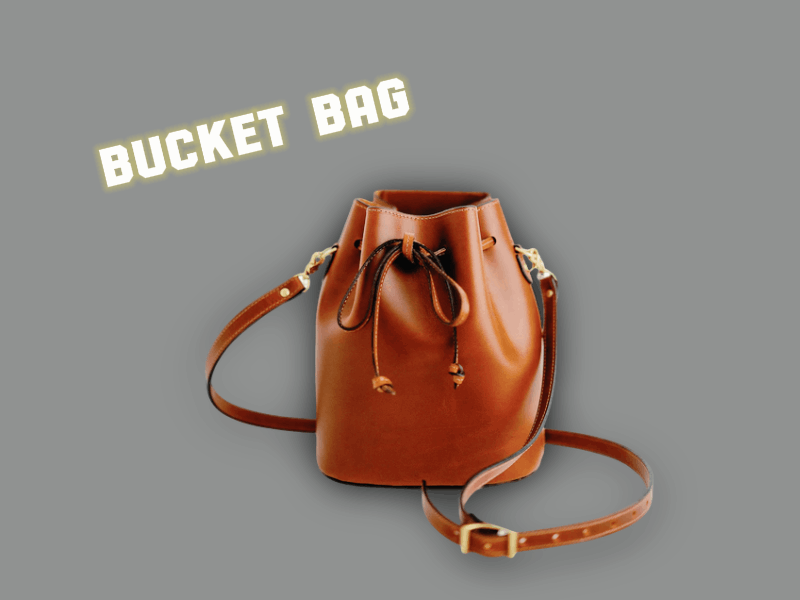
Facile Frame Bag (Snap Frame)
A structured bag with a hinged metal frame that snaps together. It’s often used in vintage and evening bag designs.
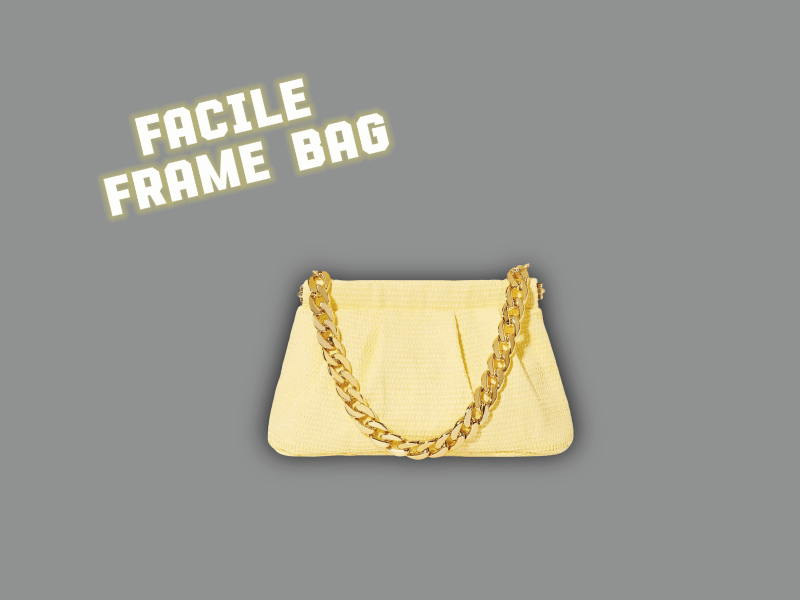
Tote or Shopper
A versatile carry-all bag, typically square with two handles. It’s perfect for shopping trips or as a work bag.
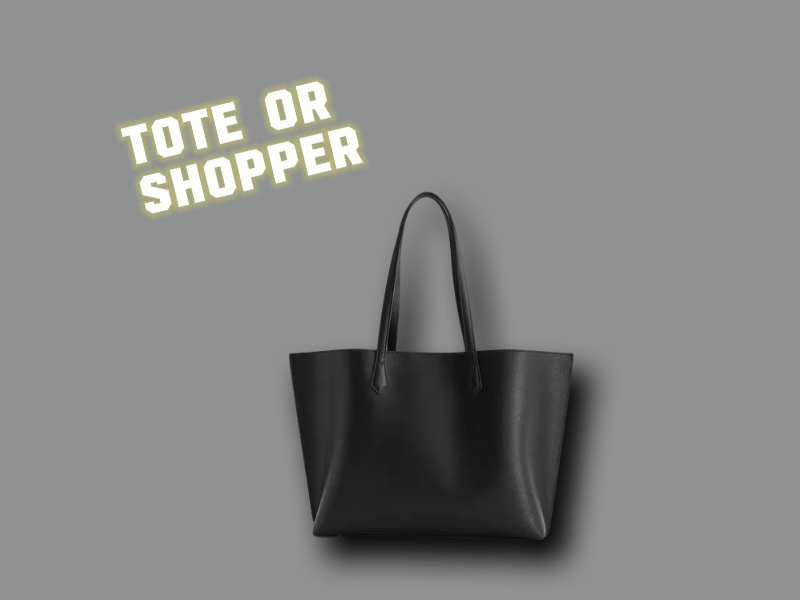
Wallet or Billfold
A compact bag or pocketbook that holds credit cards, cash, and sometimes a few other essentials. Part of the Small Leather Goods (SLG) category.
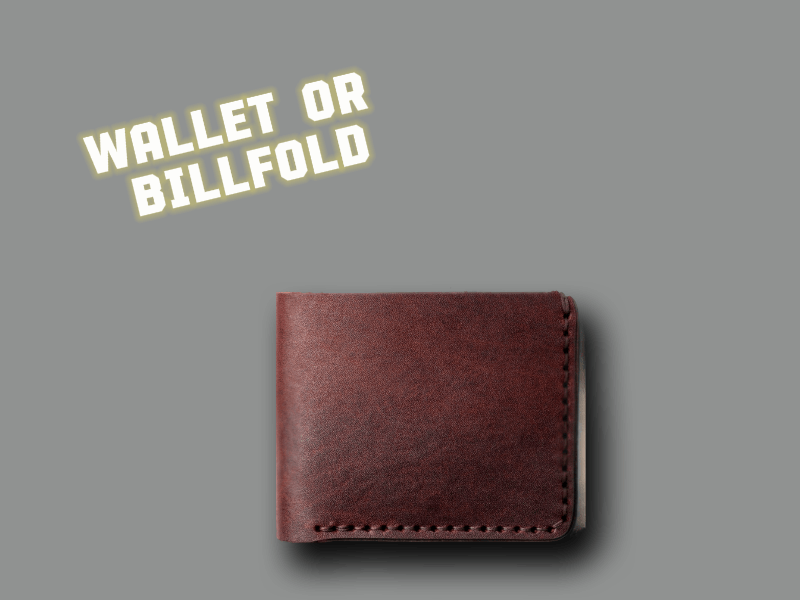
Barrel or Roll Bag
Cylindrical with a zip top closure, it’s ideal for holding items horizontally. The duffle bag is a larger, more durable version for sports equipment.

Drawstring or Pull-Tie Bag
Features a cord woven through eyelets that gathers at the top. This design may serve as a backpack strap or have a separate strap.
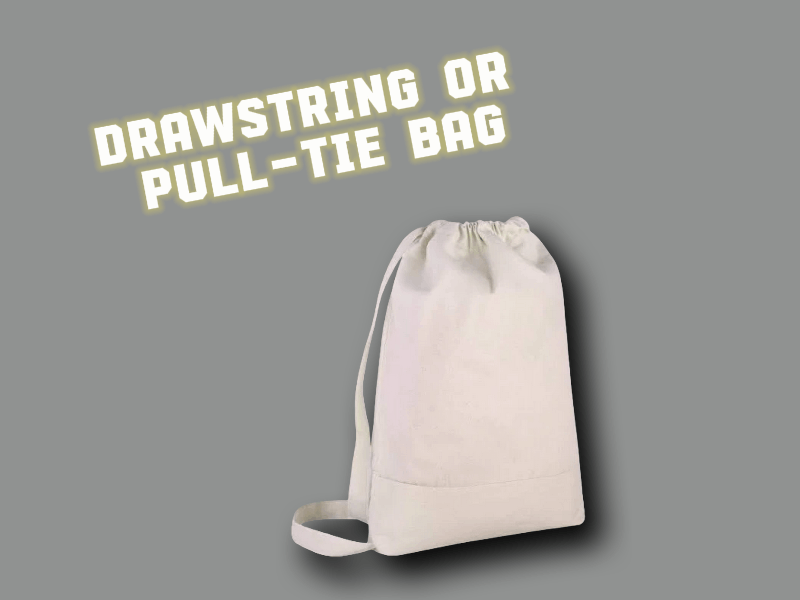
Clutch or Pouchette
A small bag often held in hand, without straps. The Envelope style features a flap closure and is popular for evening events.
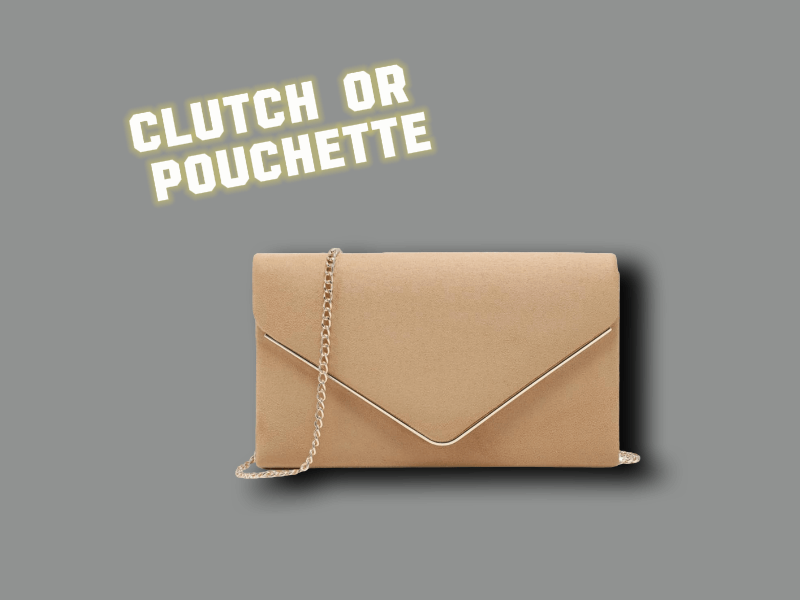
Messenger Bag
A large, rectangular bag with a long adjustable strap that’s worn across the body. Originally designed for bicycle messengers, it’s now a popular choice for urban style.
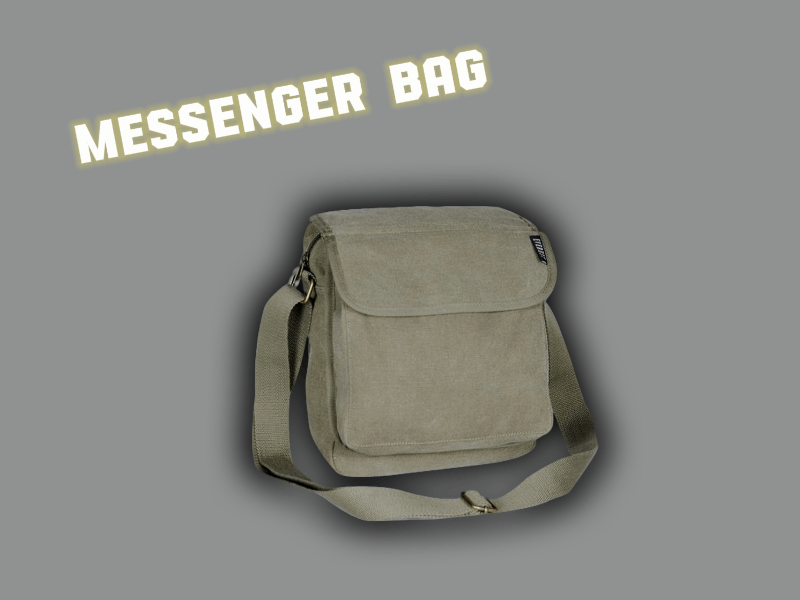
Satchel Bag
Characterized by its wide base, zippered or clasped top, and short handles. Often includes “feet” at the bottom to protect the bag when set down.
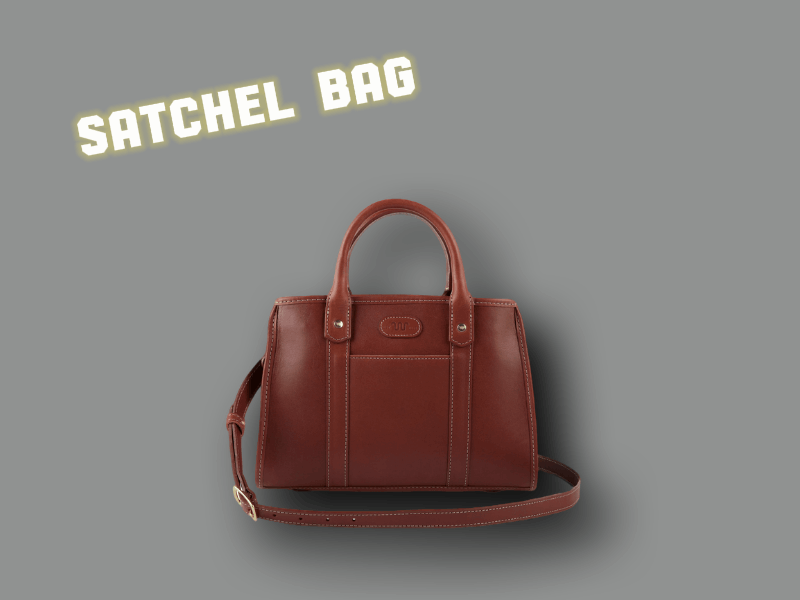
Structured or Box Bag
Reinforced with rigid materials like cardboard for structure, often giving the bag a box-like shape. The classic design lends a polished look.
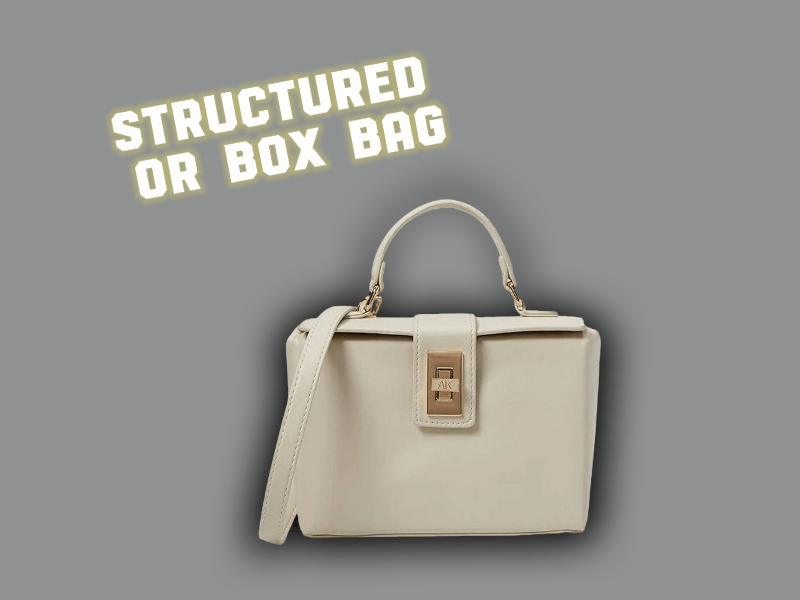
Backpack
A hands-free bag with double shoulder straps, usually worn on the back. Some backpacks include top handles for additional carrying options.
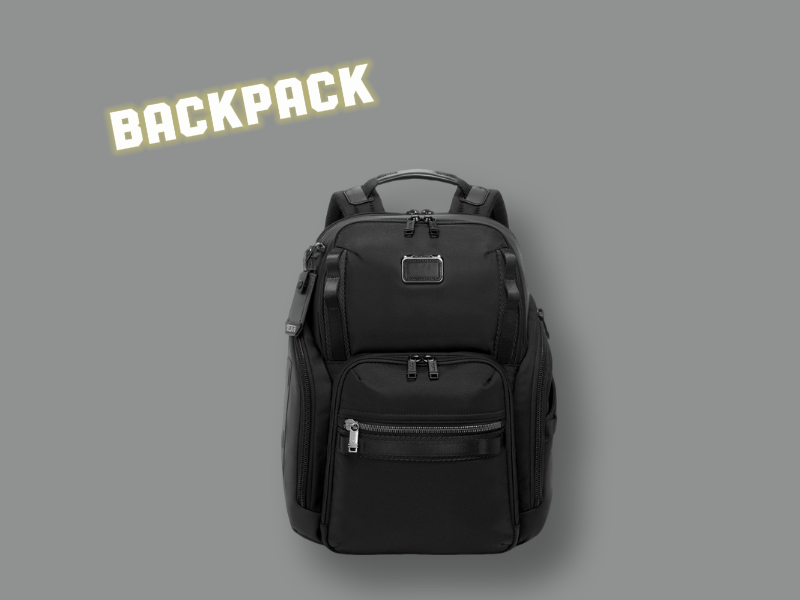
Attache or Briefcase
Similar in shape to a messenger bag but with more structure and interior organization for business essentials, often used as a laptop bag.
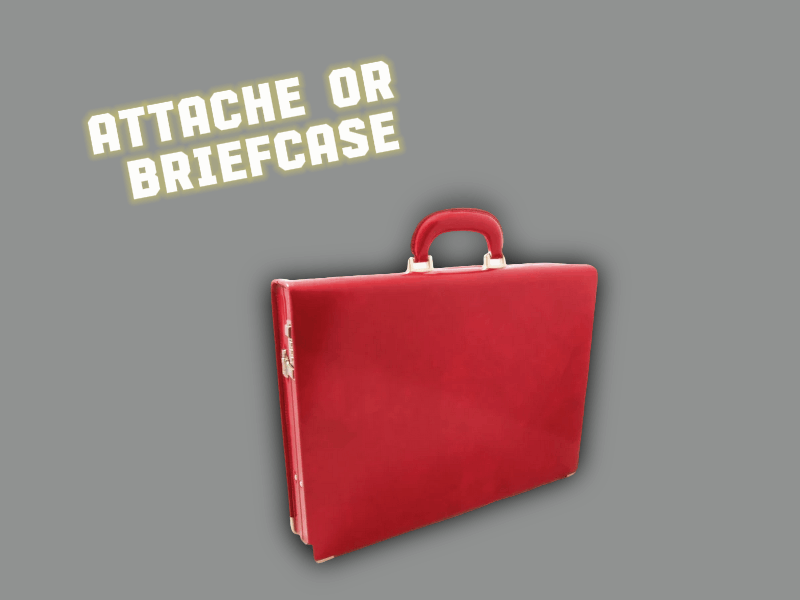
Camera Bag
A small, rectangular bag with rounded edges and a top zip closure. Perfect for carrying essentials in an easy-to-access format.
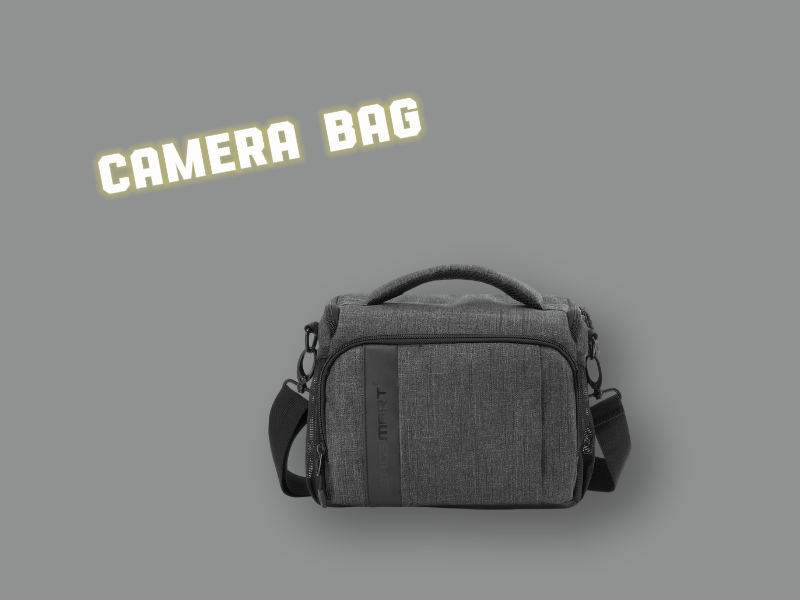
Hobo Bag
Hobo bag known for its slouchy, crescent shape with a shoulder strap. Its unstructured style makes it comfortable to carry.
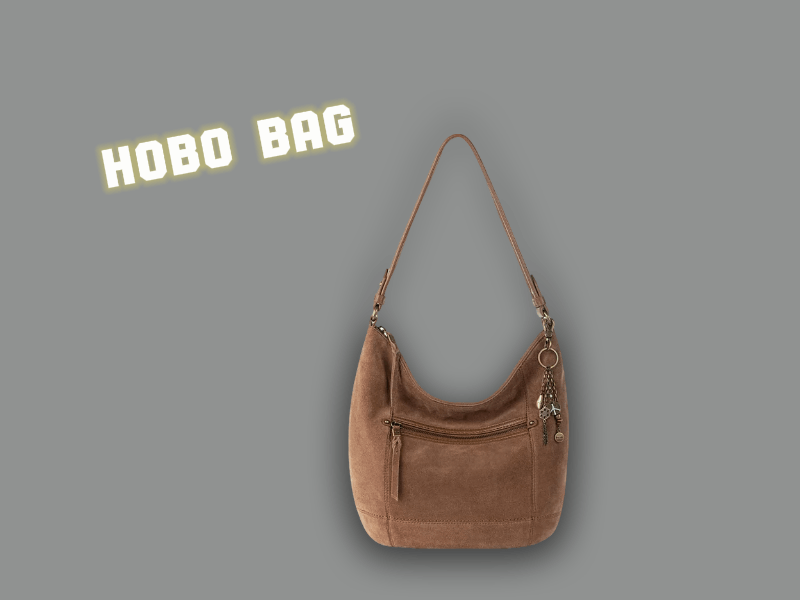
Trapezoid Bag
Shaped like an A-line with a structured base. Sometimes called a Satchel, this shape is a popular choice for work or daytime activities.
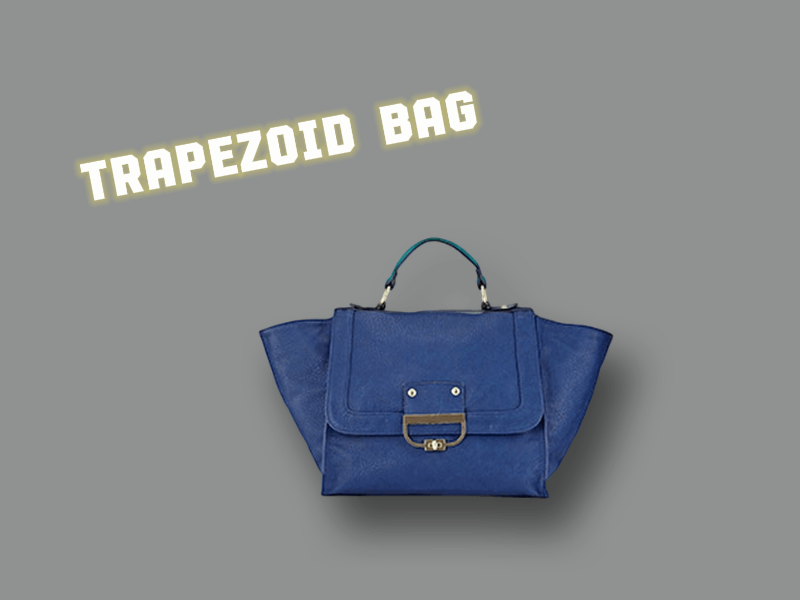
Shoulder Bag
Initially designed for hands-free convenience, the shoulder bag has evolved to include crossbody variations, with adjustable straps.
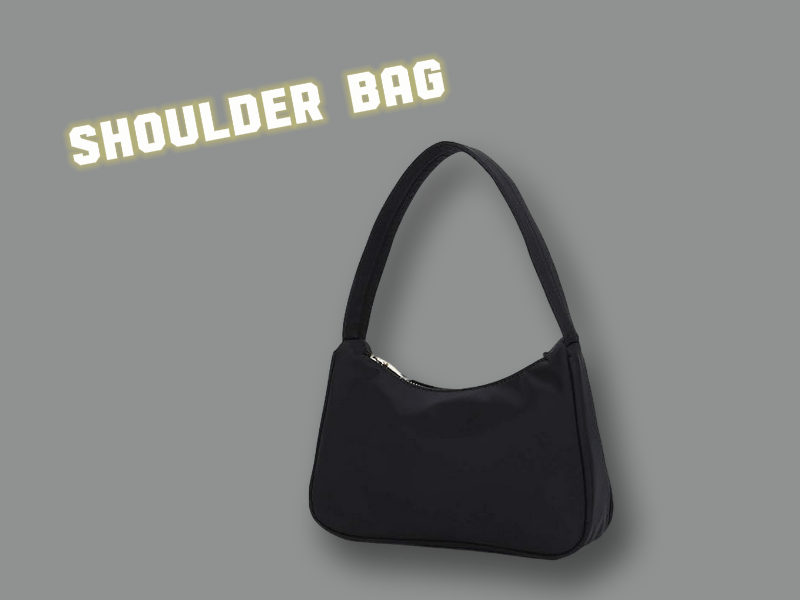
Wristlet
A small bag with wallet-like pockets and a wrist strap, ideal for minimalist carry. It’s an easy-to-hold option for evenings out.
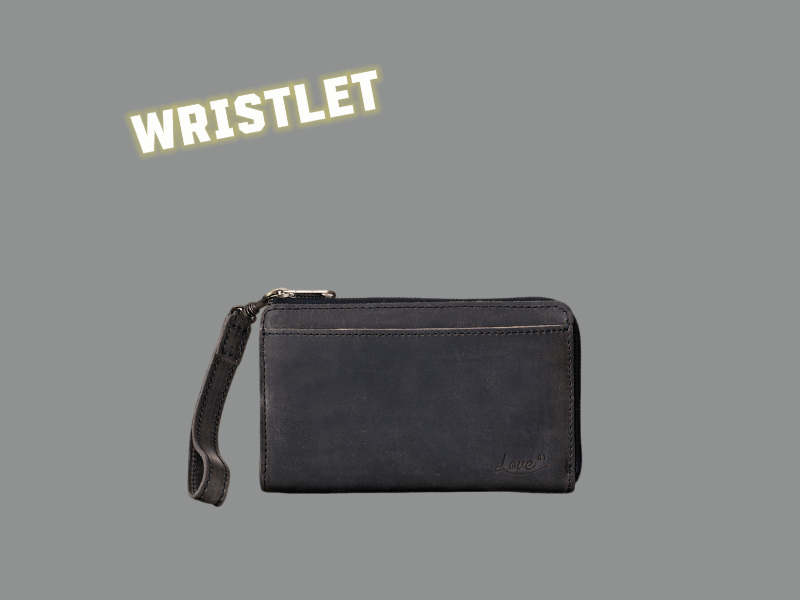
Frame Bag
A hinged metal top closure characterizes this style, often seen in evening bags.
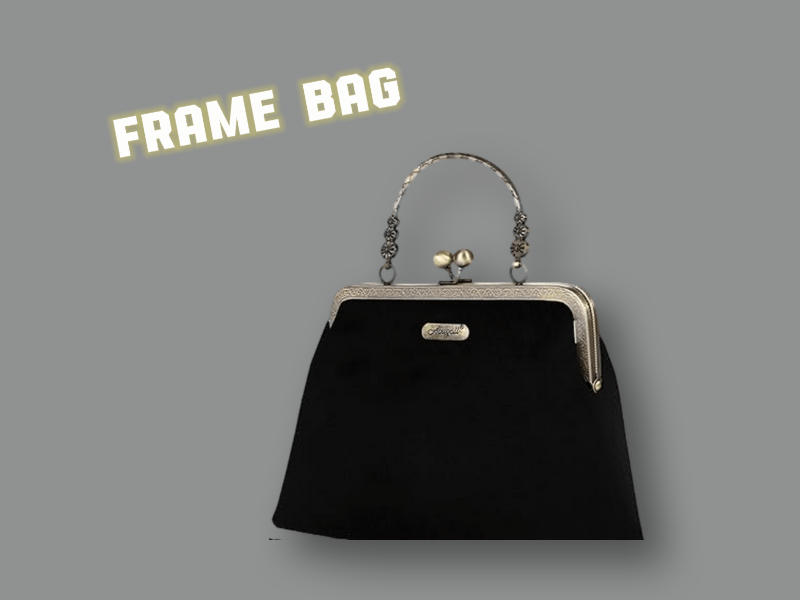
Luggage Handle Bag
Carried by a hard, structured handle, this style is designed for carrying at the elbow.
